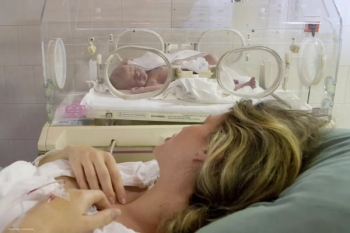
Central toxic keratopathy presence associated with postoperative medication changes
A recent study published in Cornea has announced the presence of central toxic keratopathy is linked to postoperative medication changes and bandage lens practice.
A recent study published in Cornea has announced the presence of central toxic keratopathy is linked to postoperative medication changes and bandage lens practice.
The investigation led by Dr Waldir Neira, Department of Ophthalmology, Helsinki University Central Hospital, Finland, consisted of 5 eyes of 5 patients with central toxic keratopathy after photorefractive keratectomy (PRK). A VISX S4 excimer laser was used to perform laser ablations on all 5 patients who experienced a corneal stromal thinning linked to a central opacification, hyperopic shift and central striae during the first postoperative week.
Uncorrected visual acuity, best spectacle-corrected visual acuity (BCVA), manifest retraction, biomicroscopy and ultrasound pachymetry were examined at 1 month, 2 months, 6 months and 12 months at follow-up. Additionally, confocal microscopy was performed in 3 eyes at final follow-up.
The postoperative results of the first month's follow-up demonstrated that corneal thickness measured by ultrasound pachymetry showed a stromal thinning of 48 ± 39 μm, compared to the expected results. At the final follow-up, corneal thickness increased by 44 ± 22 μm, compared to the thickness recorded at the first postoperative month.
BCVA, central opacification, corneal thickness and uncorrected visual acuity improved during the initial postoperative month and were maintained after 6 months.
The study also suggests that stromal dehydration may be caused by an unknown pharmalogical response. Central toxic keratopathy can be associated with simultaneous change of both postoperative medications and postoperative bandage lens practice.
Newsletter
Get the essential updates shaping the future of pharma manufacturing and compliance—subscribe today to Pharmaceutical Technology and never miss a breakthrough.













































